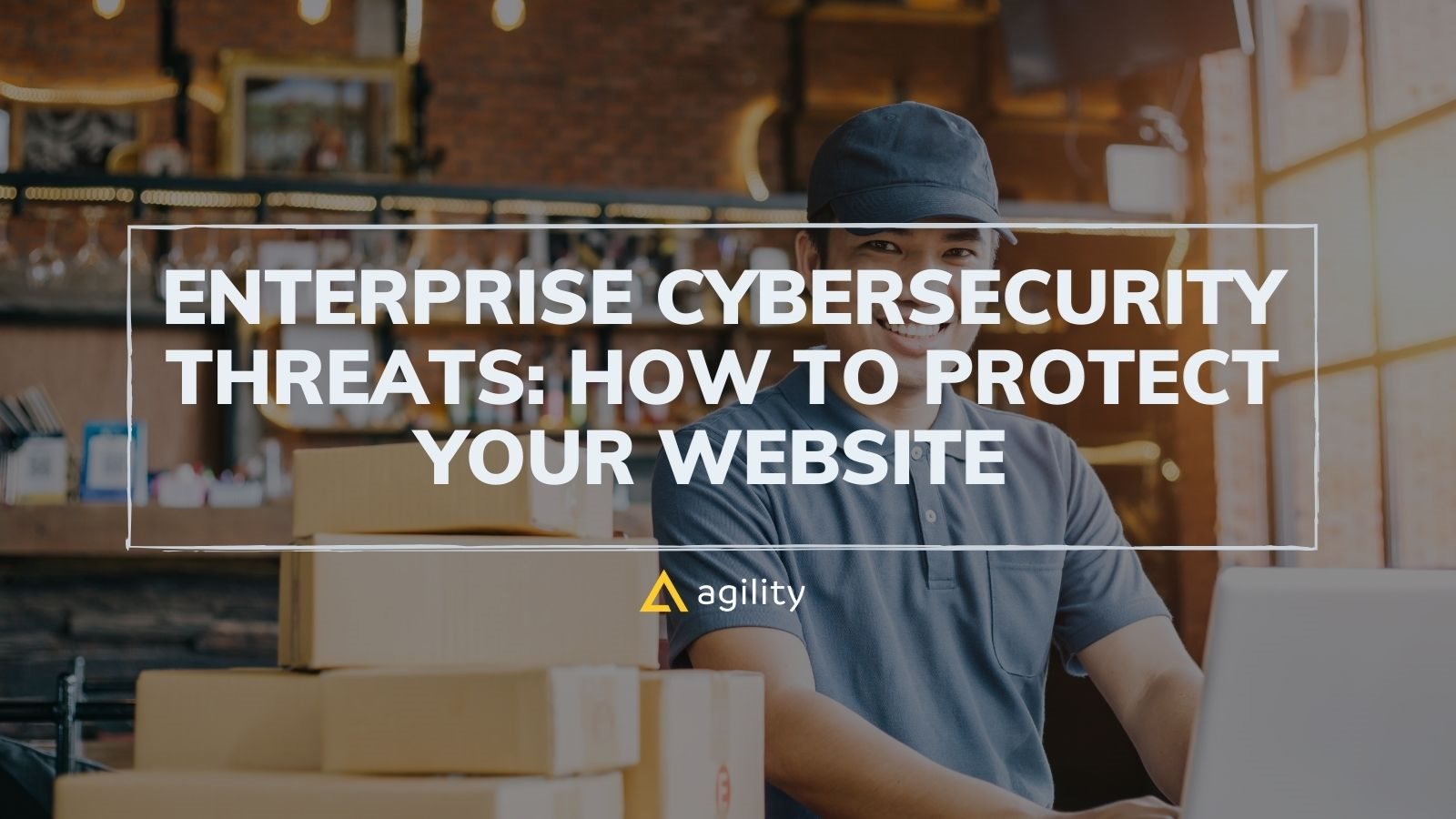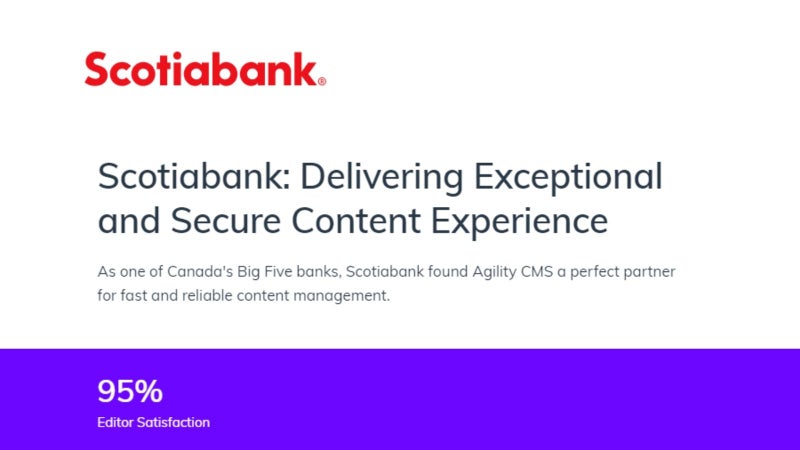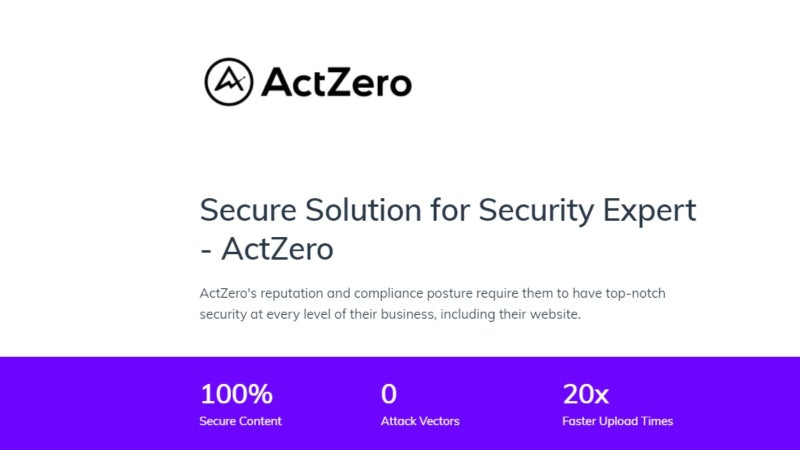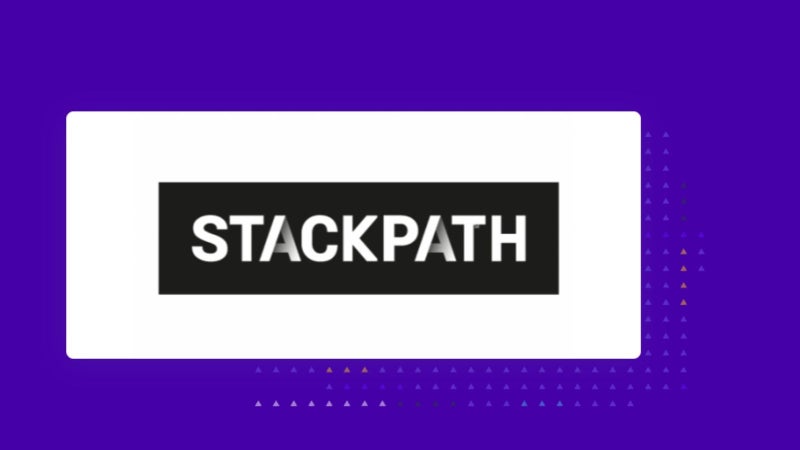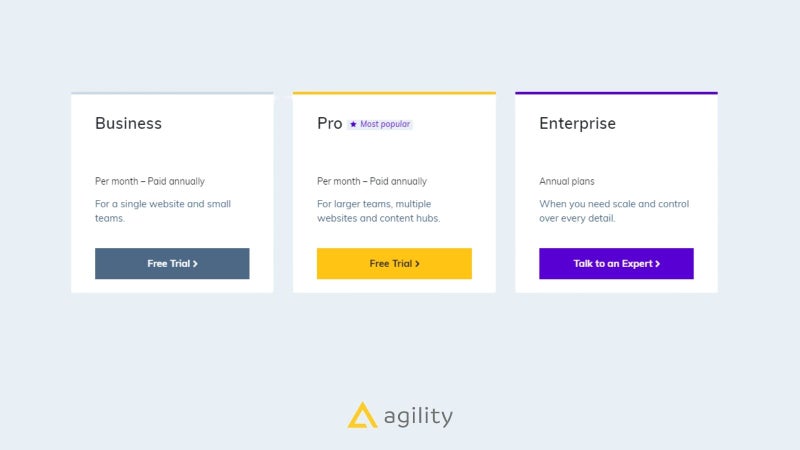According to the Aite Group, the total amount of money lost in 2020 due to cybercrime was $712.4 billion. This number is expected to cost the world $6 trillion by the end of 2021.
Thus, there is an increased demand for developers and security engineers to protect businesses against online attacks. With companies resorting to online operations due to the coronavirus pandemic, eCommerce cybersecurity has become an issue of utmost importance.
But first, you need to be aware of the online threats out there.
In this article, we will discuss everything you need to know to protect your website from cyber threats.
The Importance of Cybersecurity in eCommerce
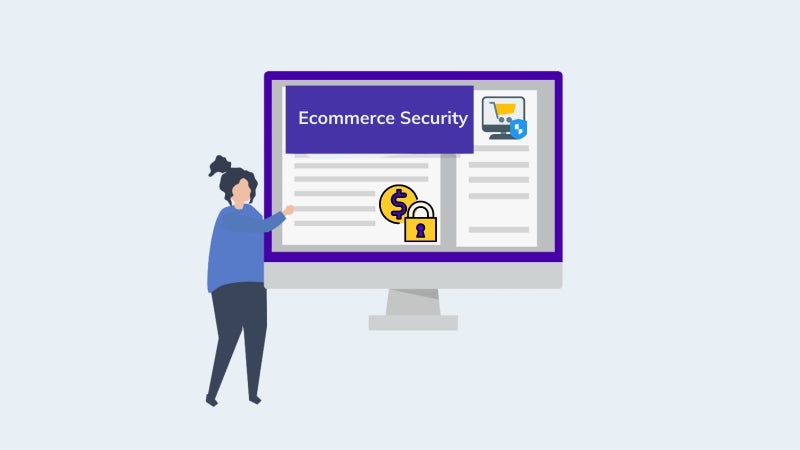
An eCommerce company is a big target for hackers. Customers trust these brands with their credit card information to make purchases. And this information is often stored to ensure quick and easy checkouts.
But, hackers can try to get their hands on personal data to commit fraud. The users’ personal data can also be held ransom by the hackers, with demands for money in exchange.
Ecommerce security issues are not limited to small and medium businesses alone. In 2021, LinkedIn suffered a data breach that affected 93% of its user base. Personal data of around 700 million of its users was posted online for sale on the dark web.
eCommerce giant Alibaba also suffered from a massive cyberattack in 2019. The company reported a breach where the data of over a billion users had been leaked. Personal data of the users, such as their phone numbers and usernames, were stolen from the site.
So, taking the utmost precaution against cybercrime is essential for up and coming remote businesses. Taking proper steps to protect the company from online attacks minimizes the risk of dealing with losses. Moreover, it also improves the credibility of the company in maintaining user security.
What Are the Common Cyber Threats for eCommerce Stores?
Now that we have discussed the importance of addressing eCommerce security issues, let us look at some common cyber threats.
Phishing
Phishing is one of the most popular types of cyber threats. The attacker sends emails to a huge number of people, pretending to be a legitimate website. These websites can be popular brands or social networking sites. The attacker tries to lure the user into entering their login data to steal it.
They can also try to steal credit card details using the same mechanism. To protect yourself, train your employees to ensure they don't click on untrusted emails or links.
Financial Fraud
Financial fraud takes place when hackers steal your bank card details and use them to make unsolicited purchases. The other kind of financial fraud is when cybercriminals create false return requests. These end up costing the eCommerce site extra money for delivery charges.
Hackers often target apps and websites to retrieve such data. Never disclose information about your bank or card to anybody to protect yourself from such attackers.
Malware and Ransomware
Malware is a program that poses as legitimate software but is actually a virus. The most common type of malware is a Trojan horse. These unwanted programs send the hacker information about the user's computer (such as credit card details or PC state).
On the other hand, ransomware is a type of malware that restricts access to the user's files or computer in exchange for a ransom. They can also hold the data of the user hostage or threaten to publish private information online. The hackers often demand money in exchange for access to the files, which can be loaded with further suspicious programs.
Having a great firewall is the best solution to safeguard your system against these malicious programs.
SQL Injection
An SQL injection is used to target the database of a website and retrieve its records. Attackers can often use SQL injections vulnerabilities to get past the security measures in place. This type of attack can also be used to modify, delete or add records into the database of the company.
Distributed Denial-of-Service (DDoS) Attack
This kind of attack tries to manipulate regular website traffic. DDoS and denial of service (DoS) attacks can crash your website by generating many requests. As a result, it is unable to a user that is actually trying to view the site. In the long run, it can create a bad reputation for your site, reduce credibility and affect sales.
The solution to DDoS attacks is DDoS mitigation, which we will discuss later.
Man-in-the-Middle Attack
A man-in-the-middle attack involves a cybercriminal eavesdropping on communication with another person or website. Users are susceptible to such attacks when they are connected to an unprotected WiFi network.
The hacker can intercept the communication between you and the user and can sabotage the entire network. They can also end up stealing sensitive data from the customer or website.
Using a VPN encrypts the communication and prevents hackers from executing such an attack.
Bots
One of the most used bots is web crawlers, which determine the site’s ranking when a user searches for the relevant keyword. In terms of cybercrime, bots can be programmed to change the prices of goods and services when they are viewed on the search engine. By manipulating the information about your inventory, bots can end up becoming a big problem for your company.
Cross-Site Scripting (XSS)
XSS attacks are carried out by injecting malicious scripts into web applications and websites. These malicious scripts are used to retrieve various kinds of sensitive user data that need to be protected. Frequently, XSS attacks are not meant to have specific targets. They are simply tasked with finding out vulnerabilities in the system.
However, other kinds of XSS attacks can target and damage systems as well. They can also run in a variety of programming environments such as JavaScript, Flash, Active X, and VBScript.
E-skimming
E-skimming is specific to eCommerce websites. Also known as Magecart attacks, hackers break into the online store of a website in this kind of attack. They plant skimming code into the payment processing page of the website. When a customer tries to checkout using their card, the hacker receives the following information:
- Card details
- Account number
- Personal data such as name, address and phone number
- Login credentials of the user
Once the data is acquired, it is stored on the hacker's system. Since no physical access is required, cybercriminals are often located in different parts of the world.
eCommerce Security Solutions to Protect Your Store From Cyberthreats
Hackers have become more efficient at breaking into systems using a variety of methods. Similarly, security measures have also evolved for eCommerce fraud protection and security.
With that in mind, here are some of the best security solutions that you should consider implementing:
TLS, SSL, and HTTPS
HTTP is the standard communication protocol, as you might be aware. HTTPS is its secure version, which becomes active after the SSL (Secure Sockets Layer) certificate is set. It enables the website and the client to exchange data securely. As an eCommerce website, having an updated SSL certificate means that your client will be able to trust the website’s authenticity. On your end, it minimizes the risk of fraud and data being stolen.
Similarly, TLS (Transport Layer Security) is an evolved version of SSL. Any website that uses HTTPS is using TLS since it is deployed on top of the HTTP protocol. It performs a similar function to SSL, encrypting the data being communicated by the client.
Multi-factor Authentication (MFA)
Multi-factor authentication demands two or more verification factors from a user to minimize the risk of cyberattacks. Users are asked to provide additional information when they enter details that include their password.
The most popular example of multi-factor authentication is a one-time password that is generated by websites or banks. Another example would be fingerprints or biometrics that validate the identity of a user on several grounds.
Secure Payment Gateway
It is better to use an established company's gateway to store the personal information of your customers. Storing client information on your database can be risky if you do not have adequate security measures. Hence, Stripe and PayPal are good alternatives to store customer details since
they have access to better security measures.
The gateways exist for the sole purpose of validating payments made to the eCommerce website. This partnership enables the company to provide the gateway and the eCommerce website to provide customers with a quick and easy online payment option.
ISO Certification
The International Organization for Standardization (ISO) has a set of guidelines and rules to ensure your product's quality, safety, and efficiency. Having an ISO certification proves that your organization offers services that are at par with the global standard.
You should be considering an ISO certificate as an eCommerce as well, since it helps enhance your reliability in the marketplace.
Distributed Denial of Service (DDoS) Mitigation
DDoS attacks were discussed earlier, and there is a concrete solution to the problem. DDoS mitigation is the process of protecting a server or website against a DDoS attack. It can be achieved by a variety of network equipment or protection methods that are based on the cloud.
System Update and Data Backup
It is one of the easiest and quick fixes to enhance the security of your eCommerce website. If you're using any software to keep track of customer data or inventory at the back end, ensure it is updated to the latest version. The developers often release in-built security patches to safeguard the software.
Moreover, you should also have multiple backups of your data to be safe in case things go wrong. Having an automated backup system is often the best solution in these cases.
Encryption of Devices Connected to the Internet
Smart TVs, watches, speakers, and other wearables are all connected to the internet. These devices constitute the Internet of Things (IoT) devices. Whenever you're using IoT devices, ensure that they are properly encrypted and updated to the latest version to ensure that your data and your device are protected.
A number of IoT devices employ symmetric encryption. In this kind of encryption, a single key is used to encrypt the data. Using an asymmetric key is often a better way of ensuring more protection against online threats.
VPN for Remote Connections
A VPN is crucial for encrypting all data that you send and receive. It can be used to retrieve sensitive files from a remote location securely. Since the traffic is encrypted, it is not accessible to any hackers. By using a VPN, you no longer have to worry about data being intercepted when working on company files.
Secure CMS
A content management system is a key to ensuring that your eCommerce website is protected against online threats. Some of the benefits of using a headless CMS are:
- Quicker, more flexible development: You can pick your development languages and can fully design the front end.
- Future proof: The data and logic layer is separate from the presentation. It makes it easier to modify the website later.
- Costs less than traditional CMS: With smaller solutions needed, the headless CMS costs less than its traditional counterpart.
- Highly scalable: If the back end needs to be improved, it can be done easily since the front and back ends are separated.
Summary
For any eCommerce business, you must ensure the security of your client’s data and your company’s information. A lack of security can result in a lot of damage not only in terms of finances but also for reputation and customer relations.
As discussed, there are several online threats to look out for. Similarly, there are several solutions for you to maximize eCommerce cybersecurity. After reading this article, you can start implementing the best of them to protect your eCommerce business.


